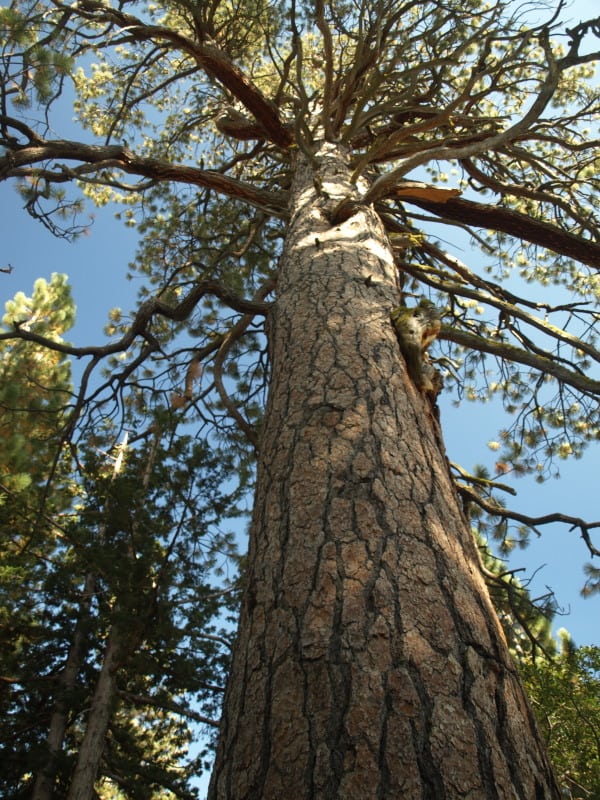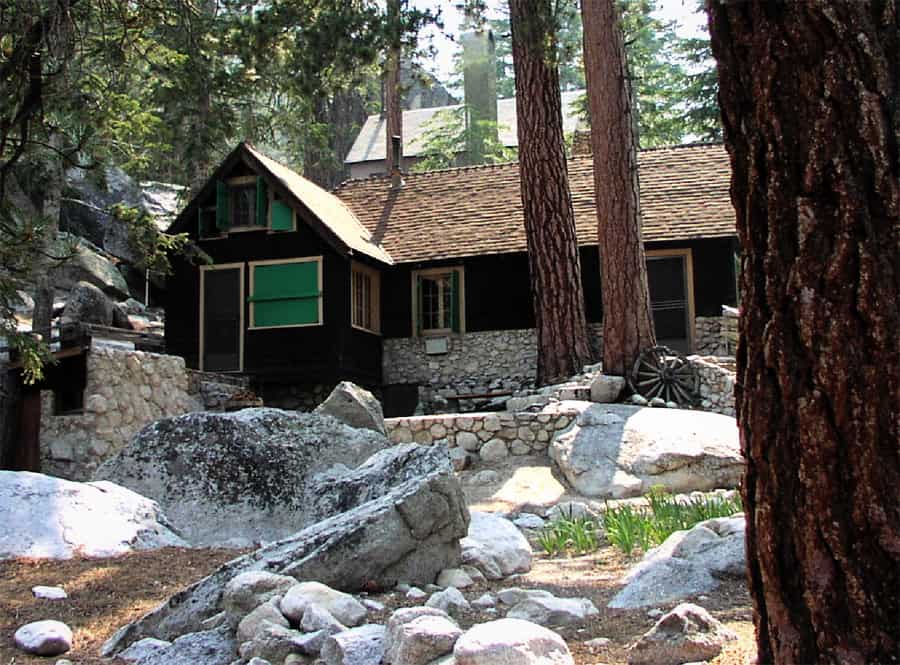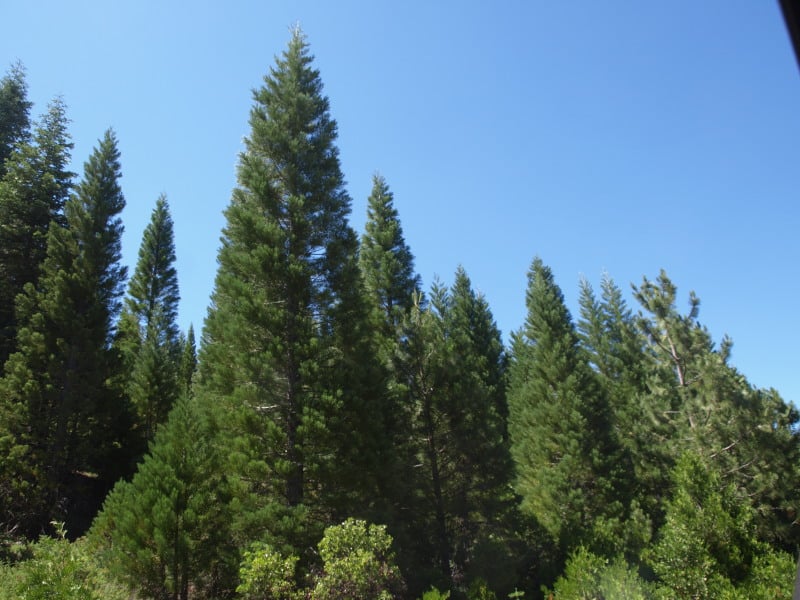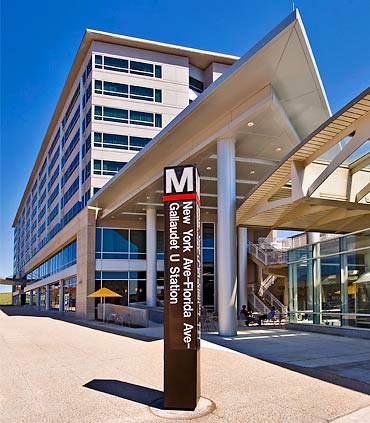Here’s a link to a Denver Post article on wildfires from Sunday.
Below is an excerpt
The houses on Red Cedar Drive stood at the very edge of the High Park fire, which for several weeks was called the most destructive wildfire in Colorado history. One of these homes burned. Another survived flames that firefighters doused 2 feet from the door.
“That’s a concern with a lot of these places. One way in, one way out,” Schulz said, edging upward. “You’re trying to get emergency vehicles in while you’re trying to get people out.”
Above the neighborhood, it looks like someone firebombed the state park. The ground is scorched black. The trees are scorched black. On the black hills, tons of hay have been air-dropped to keep the soil from polluting the Horsetooth Reservoir below.
This was a ponderosa pine forest that hadn’t burned in a century. Now, “when a fire does get going, it’s crown to crown,” Schulz said.
At 5 a.m. on June 10, Butterfield had answered an emergency call. Evacuate the park; we’re evacuating the neighborhood, he was told. Now. The fire closed the state park for 17 days.
Yet, a few hundred yards down this rutty road, a green oasis appears in the blackened landscape. Here, in a series of fuel treatments from 2006 to 2009, the ponderosa pines had been thinned.
The fire burned through here and burned some of the trees but not all. Because it burned at a lower temperature, a green carpet of grass quickly regrew, creating a pretty meadow in the midst of a fire zone. Fifteen wild turkeys meandered through the meadow, feasting on the new vegetation.
Without this fire break, Schulz said, the homeowners on Red Cedar Drive and the reservoir serving Fort Collins would have been counted among the High Park fire victims.
“The work absolutely protected the safety of the surrounding community and the quality of the water in the reservoir,” he said. “I walked up to the incident commander, handed him a map of the treated areas and said, ‘Here’s an area where you can stop this fire.’ Luckily, they did that.”
Weeks later, when the Waldo Canyon fire eclipsed the High Park fire, destroying 346 homes, Colorado Springs credited another fire break with saving another neighborhood. The fire stopped a mile above Cedar Heights, leaving every house untouched.
I think it’s interesting that in protesting a project on the Helena NF on September 6, Matthew Garrity AWR press release here says:
Mike Garrity, Executive Director of the Alliance for the Wild Rockies said, “One of the stated reasons of this timber sale is to reduce the threat of wildfires but a recent Forest Service study concluded logging has little effect on how a fire burns with the exception that wildfires may burn more intensely in logged areas than in adjacent unlogged stands due to the higher wind speeds that occur in open forests and the heavy amount of slash left after logging. The report called for a change of approach. Instead of continued logging in the back country that has proven ineffective in moderating wildfires during extreme wildfire conditions, the focus should be on reducing the fire threat within the immediate vicinity of homes.”
I think he’s thinking of the report on the Fourmile fire, which we have discussed already (if you are trying to treat the fuels, but you don’t finish treating them…) But folks’ observations of the fires in Colorado are more mixed, as we see above. If a fire does not burn through a forest, but scientists are not asked to do a report, did it really happen?
And perhaps more importantly, if you believe that fuels treatments are an excuse to do logging and for the Forest Service to get money, why would people who aren’t with the Forest Service in Colorado, and have to spend money to do it, where forest industry is mostly long gone, still think it’s a good idea, as in the above Denver Post article?







